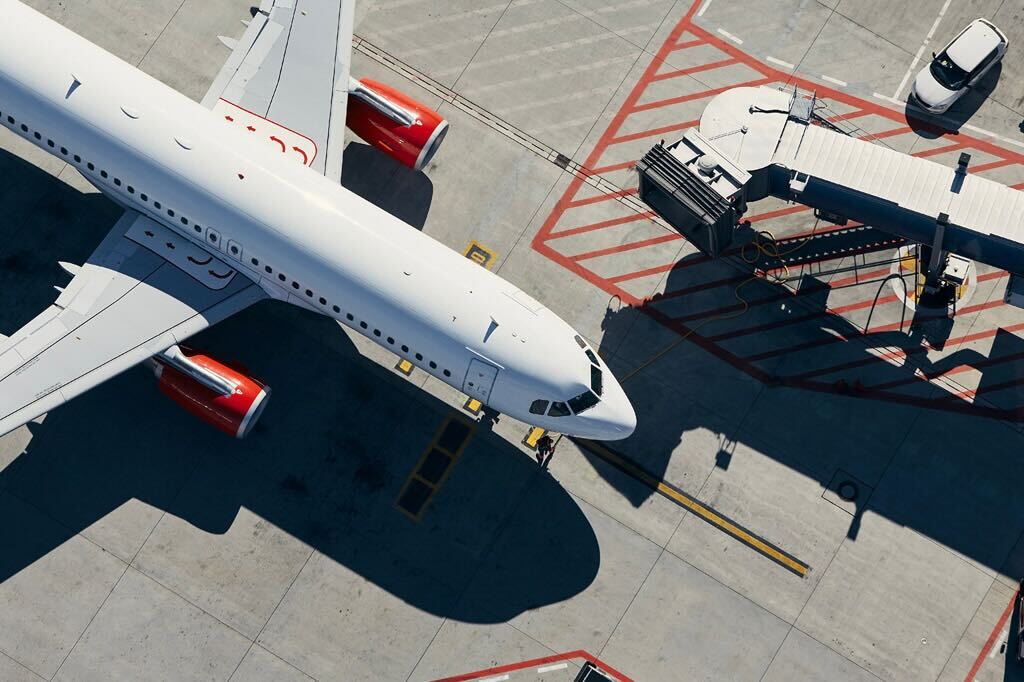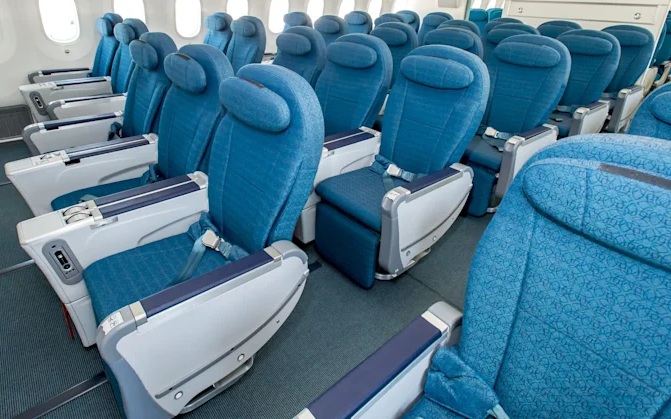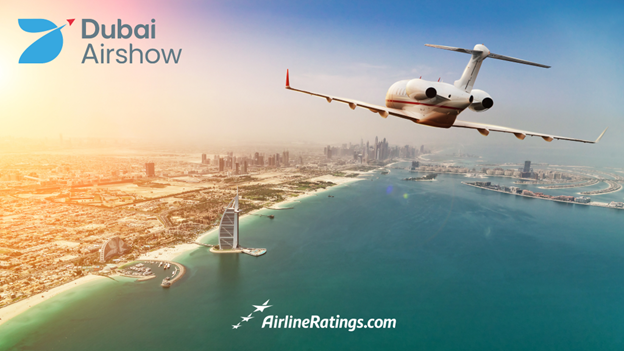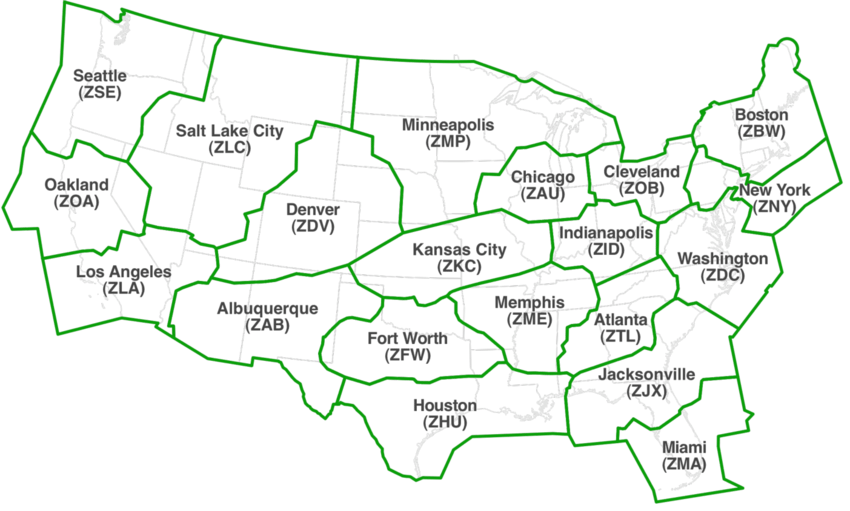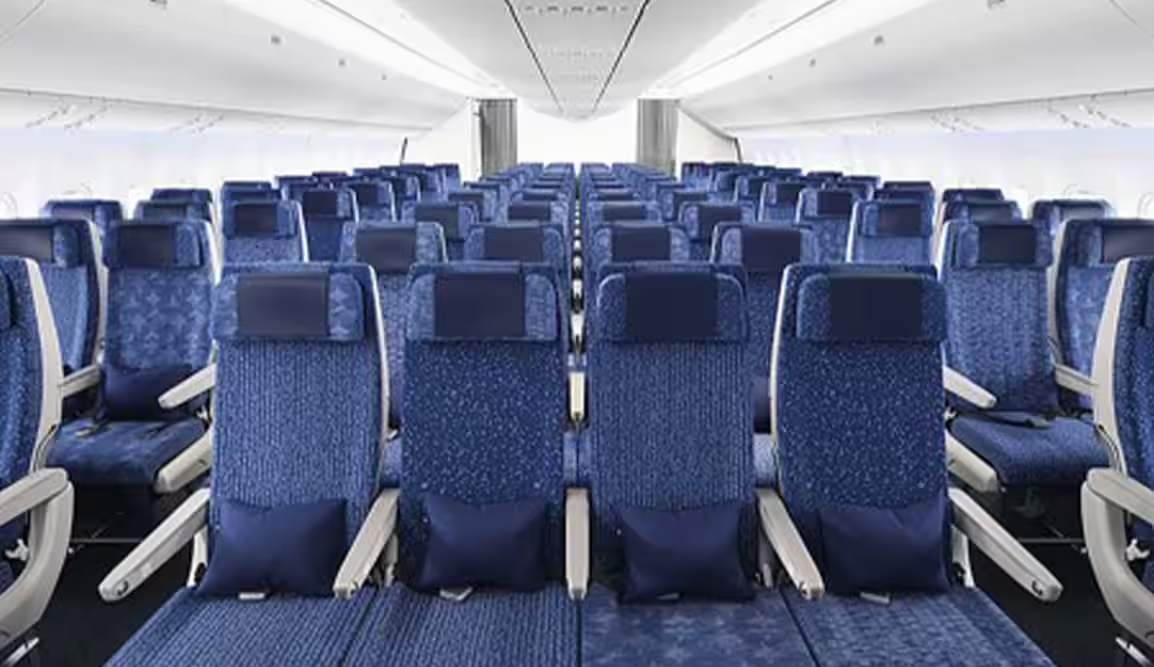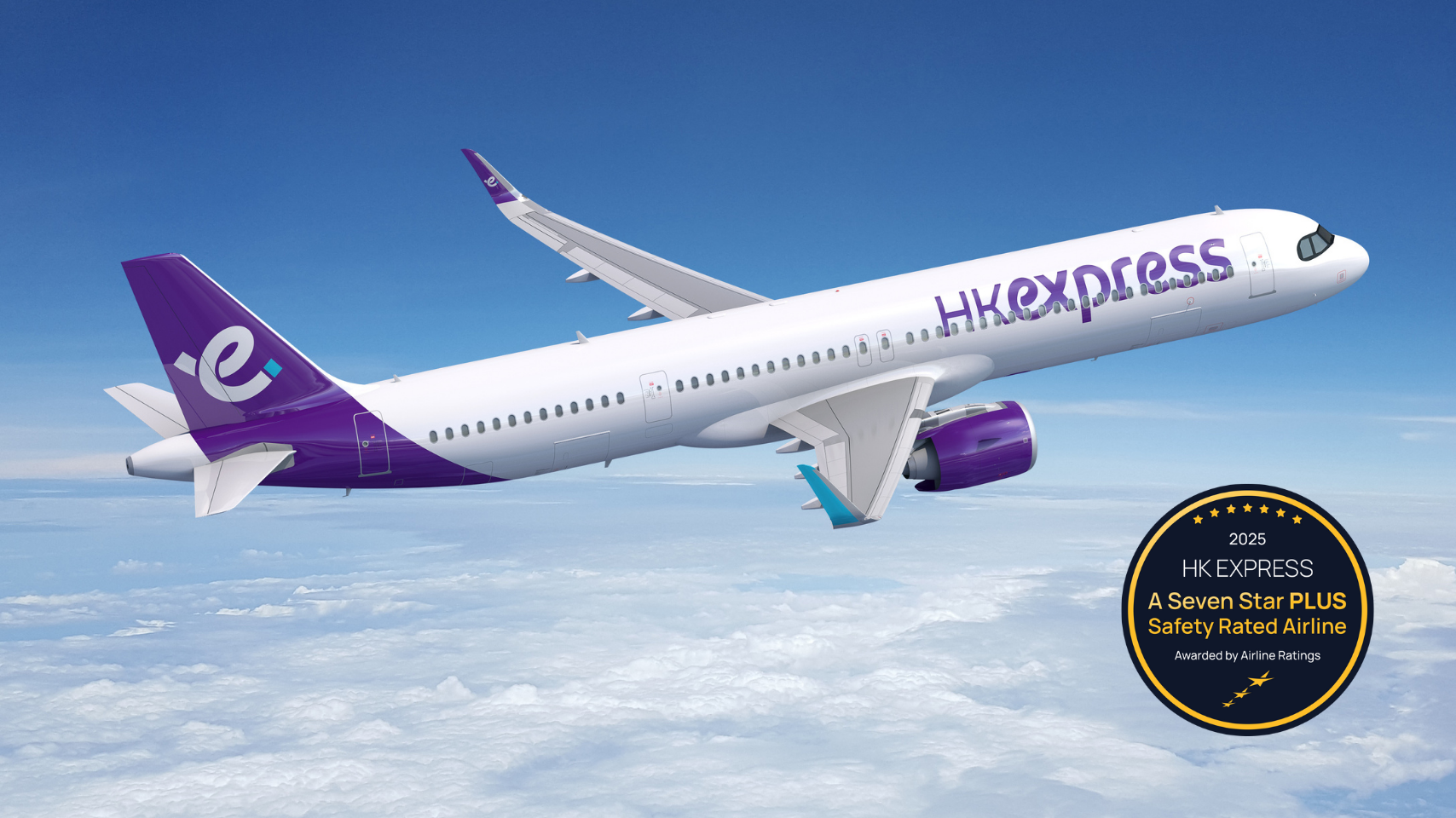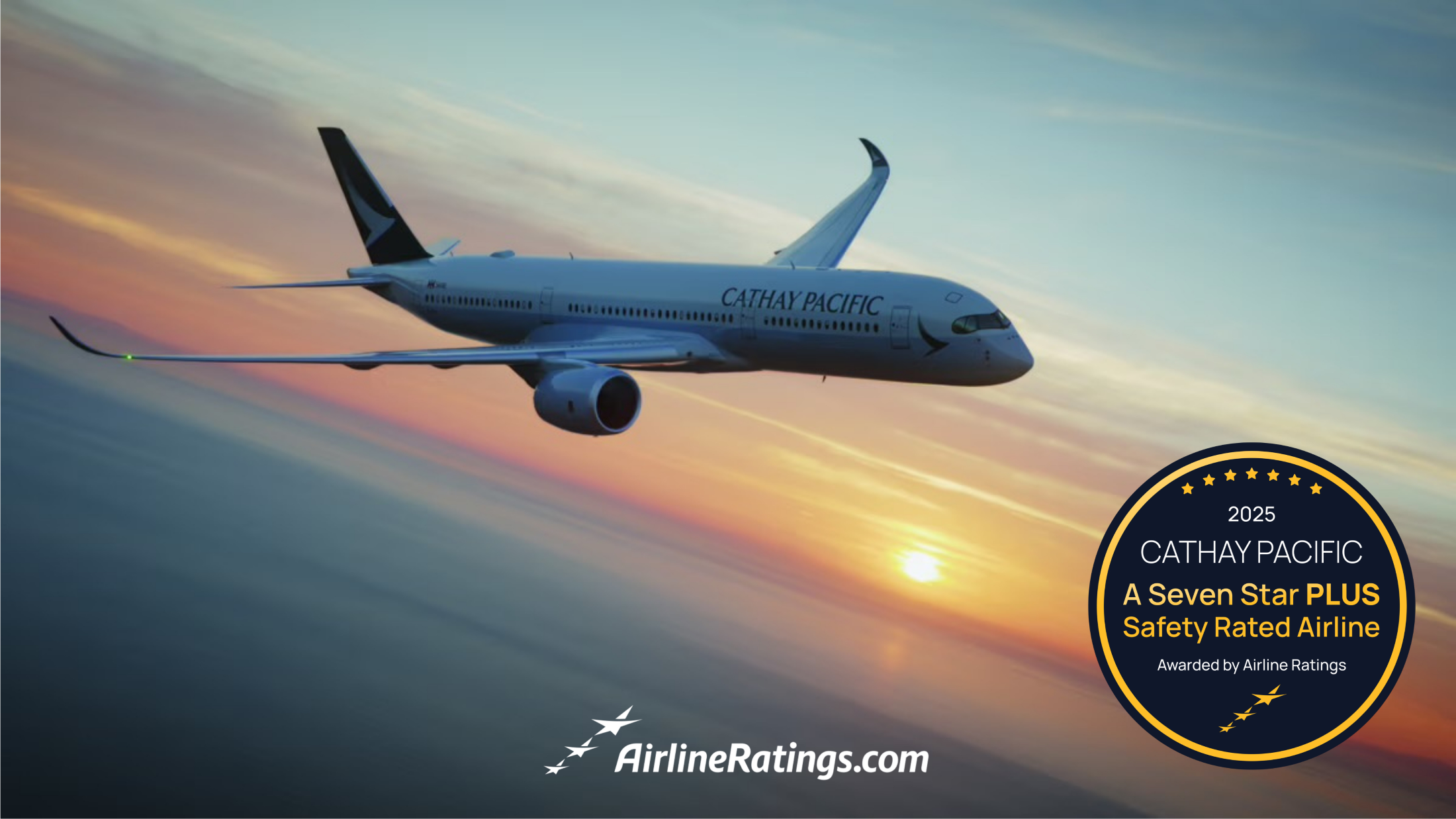
By Dev Lunawat
Published Tue Oct 07 2025
New airlines launch every year, think Breeze Airways in the U.S, Akasa Air in India, Norse Atlantic in Europe, but starting an airline is not like starting a regular company.
It requires:
Huge capital (tens to hundreds of millions USD).
Regulatory approval (Air Operator Certificate or AOC).
Experienced leadership (nominated post-holders with deep aviation backgrounds).
A Solid business model (LCC, full-service, regional, or cargo).
Here is a 7-Step guide to help you understand the process of starting an airline-are you ready to start your own?
Note: This is a technical article. While it may feel overwhelming to casual readers, it’s designed for entrepreneurs, executives, aviation professionals, and the ever-curious av geeks who seriously want to understand what it takes to launch an airline. If that’s you, this guide will be one of the most valuable resources you read.
Step 1: Build a Winning Airline Business Plan

Every airline begins on paper. A solid aviation business plan should include:
A Market analysis: Which routes? What’s the demand? Who are your competitors? Is there an un-met need in the market or underserved routes you can capitalise on
Business model: Low-cost carriers (LCC), full-service, regional commuter, charter, or cargo all have very different models and associated challenges
Financial model: You need to calculate the CASM (Cost per Available Seat Mile), RASM (Revenue per ASM), and Break-Even Load Factor.
Ancillary revenue strategy: Especially important in an LCC. Extra baggage, seat selection, and onboard sales will account for 10–20% of the airlines revenue globally.
Pro tip: Investors and regulators alike will look closely at this plan. It must show profitability and sustainability from day one.
Step 2: Secure Financing for Your Airline Start-up Costs

Launching an airline is expensive. Start-up costs vary depending on size. A Small regional/charter airline could cost between $10M–$50M (USD) and a LCC with 10–30 aircraft anywhere from $100–$300M+ (USD).
Funding sources include:
Venture capital or private equity
Bank loans & export credit
Aircraft operating leases (most common for startups)
Sale-and-leaseback deals
Step 3: Apply for an Air Operator Certificate (AOC)
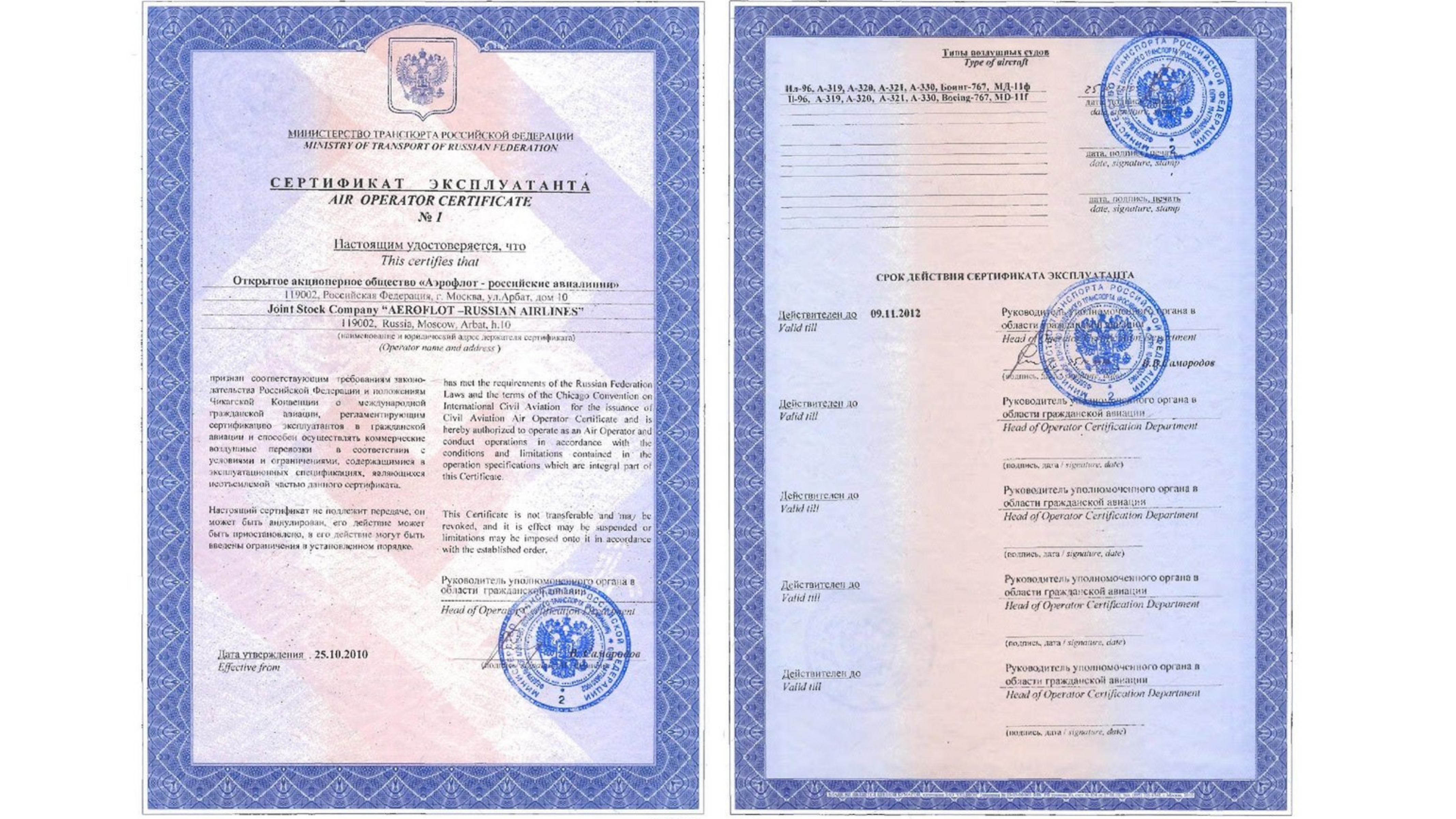
The AOC is your airline’s license to fly. Without it, you can’t sell tickets or operate scheduled services.
What’s required:
Pre-application with your regulator (FAA, EASA, CASA, DGCA, etc.).
Submission of key manuals including an Operations Manual, Training Manual, Safety Management System (SMS), Maintenance Control Manual.
Hiring required roles: Accountable Manager, Head of Flight Ops, Head of Maintenance, Safety Manager etc
Demonstration flights with inspectors onboard.
Final issuance of an AOC is usually within 6–12 months if you’re properly prepared.
Step 4: Acquire Aircraft (Without Going Bankrupt)
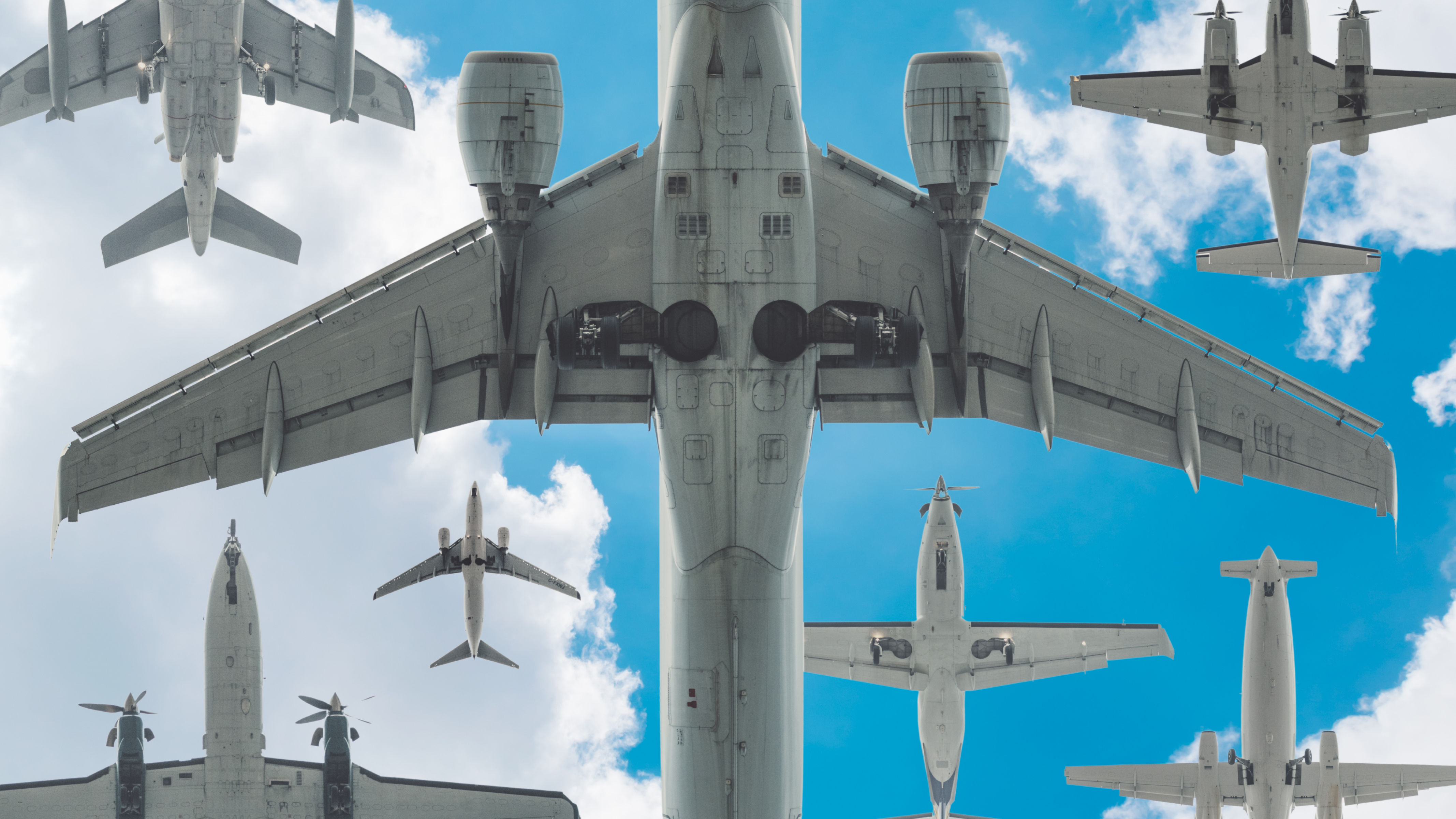
Options for new airlines:
An Operating lease: Lower upfront costs and more flexibility (most startups choose this).
A Finance lease or purchase: High capital with asset ownership.
A Wet lease (ACMI): Short-term, ideal for providing flights or bridging gaps.
Major lessors include: AerCap, SMBC, Avolon.
Step 5: Secure Airports, Slots, and Ground Handling
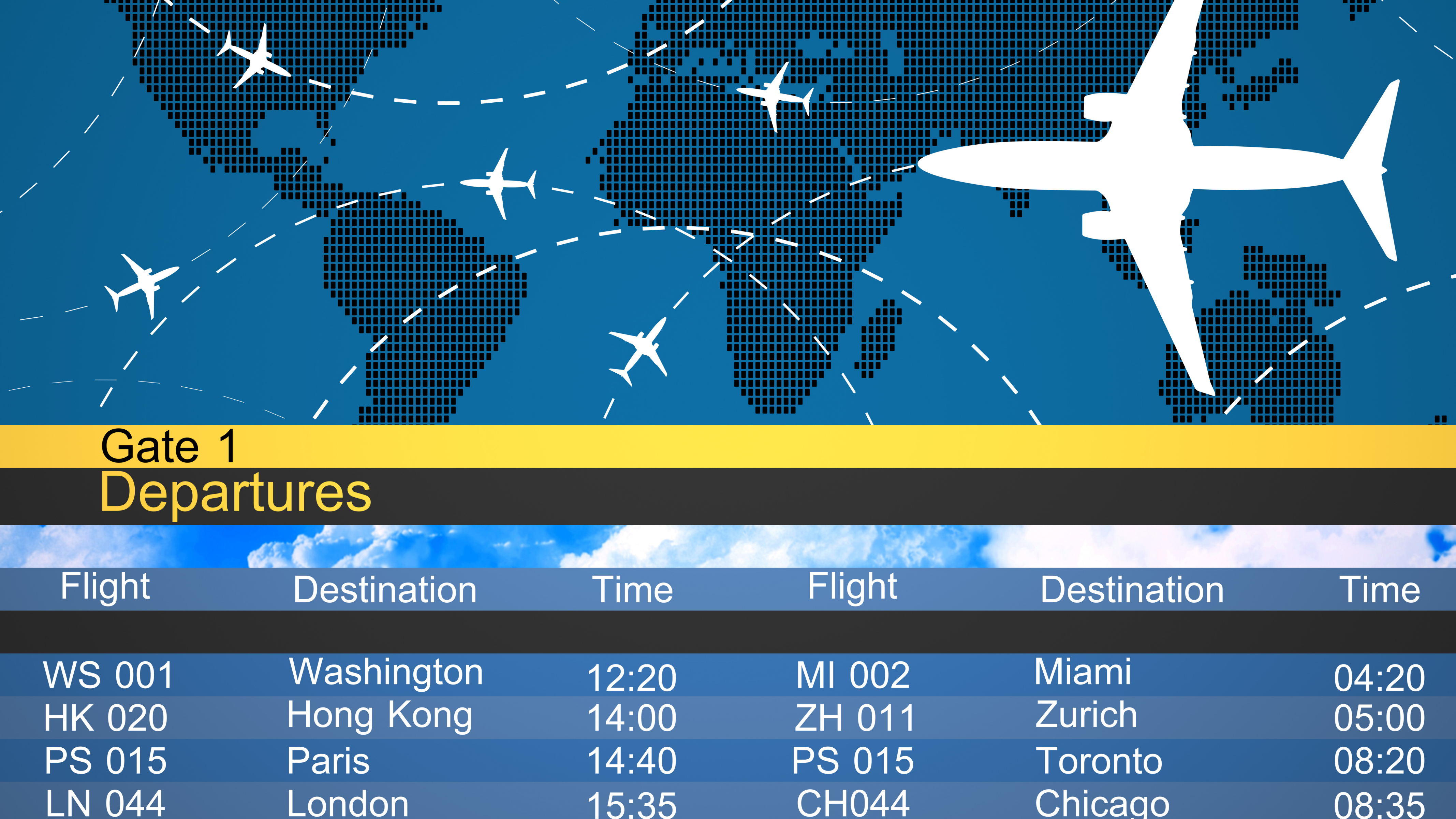
Slots: At busy airports, you’ll need to apply via IATA’s Worldwide Airport Slot Guidelines (WASG).
Negotiate Airport Agreements: These cover ground handling, gate access, fueling, passenger services.
Distribution of tickets & payments: Connect to a Global Distribution System (Amadeus, Sabre, Travelport) or IATA’s NDC for ticket sales, and register with IATA BSP for travel agent settlements.
Step 6: Build Your Safety & Compliance Systems
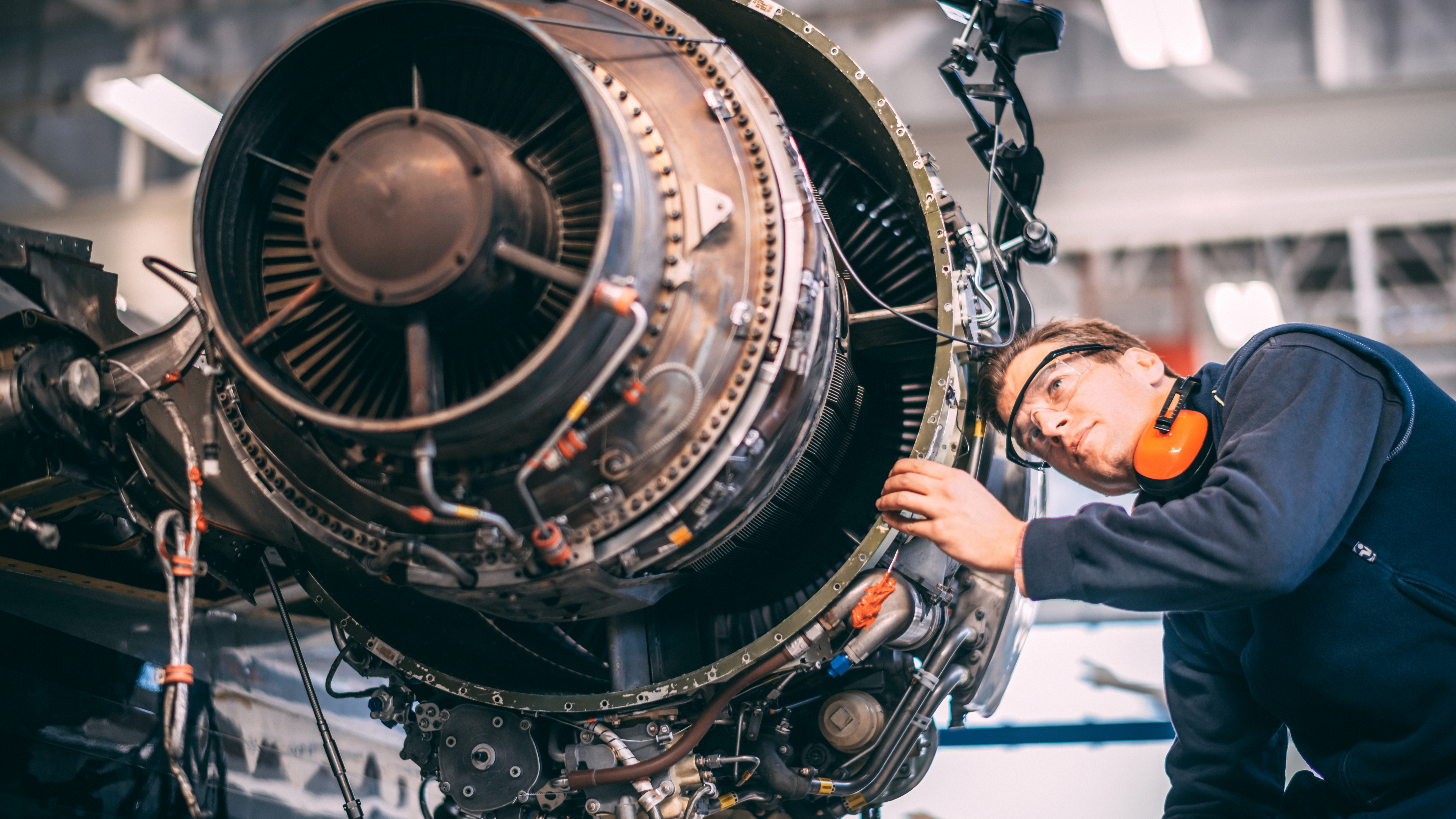
Safety is non-negotiable in aviation. Regulators will require:
Safety Management System (SMS) with risk reporting and monitoring.
Maintenance contracts or CAMO approvals (continuing airworthiness).
Insurance for passengers, aircraft, and third-party liability.
Environmental compliance (CORSIA, EU ETS, local emission/noise rules).
Step 7: Launch and Market Your Airline
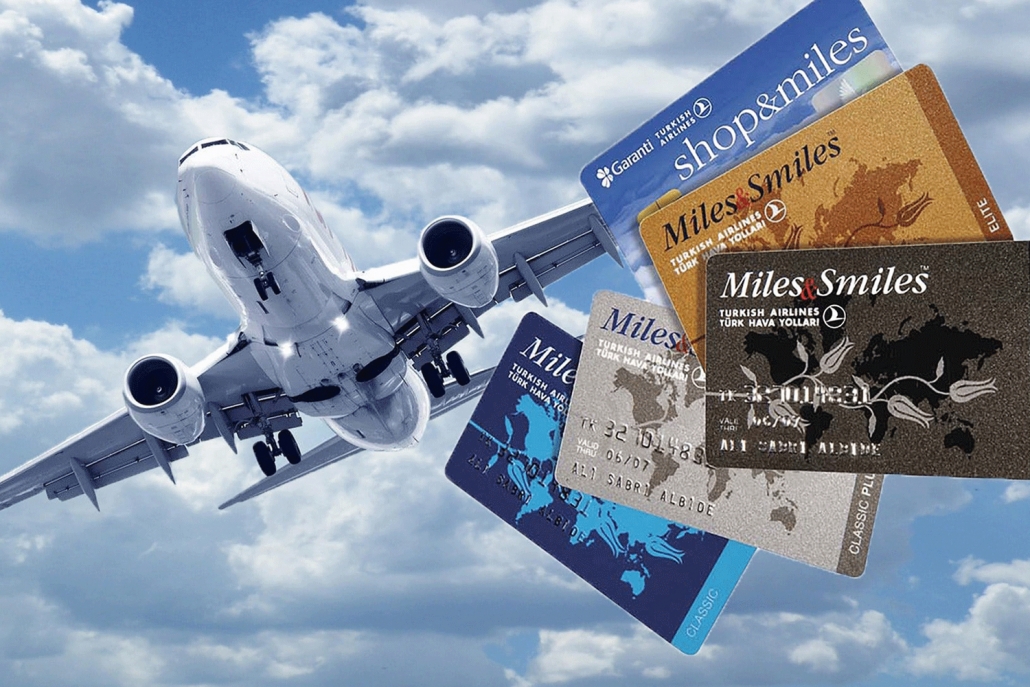
Once certified, funded, and staffed, you can finally go to market:
Launch PR campaigns, highlighting your Unique Selling Point (price, service, destinations, sustainability).
Work with local travel organisations and airports to offer discounted tickets to help boost brand and destination awareness.
Integrate with online booking platforms and travel agencies.
Use loyalty programs or co-branded credit cards to lock in customers early.
FAQs About Starting an Airline
Q: How long does it take to start an airline?
A: Where capital is available an airline can take 12–24 months from concept to first flight. The process can stretch longer if regulatory approvals, financing, or aircraft delivery are delayed.
Q: How much does it cost to start an airline?
A: Start-up costs vary widely, from $10–50 million for a small regional carrier to $100–300 million+ for a low-cost or full-service airline with multiple aircraft.
Q: What license do I need to start an airline?
A: You need an Air Operator Certificate (AOC) issued by your country’s aviation regulator (FAA in the U.S., EASA in Europe, DGCA in India, etc.).
Q: What is the expected return on investment (ROI) in an airline?
A: Airlines typically operate on thin margins (3–5% global average in profitable years, per IATA). ROI depends on scale, efficiency, and market demand. Investors should plan for a long-term horizon (5–10 years) before expecting consistent profits.
Q: How many aircraft should a start-up airline begin with?
A: Most start-ups launch with a small fleet of 3–10 aircraft, scaling gradually. A limited fleet reduces upfront costs but may constrain network competitiveness.
Q: Do airlines always need to own their aircraft?
A: No. In fact, over 50% of the world’s commercial fleet is leased. Leasing reduces upfront capital needs and allows flexibility, making it the preferred option for start-ups.
Q: How important are alliances and codeshares for new airlines?
A: Very. Partnering with established carriers via interline agreements, codeshares, or alliances can rapidly expand a start-up’s market reach without adding new aircraft.
Q: What are the biggest risks in investing in an airline start-up?
A: Risks include
Fuel price volatility
Regulatory hurdles or delays in certification
Fleet acquisition delays
Intense competition from incumbents
Global shocks (pandemics, wars, economic downturns)
Q: How can investors exit an airline investment?
A: Common exit strategies include:
IPO (Initial Public Offering) once the airline achieves scale
Sale to a strategic buyer (another airline or holding group)
Secondary share sale to private equity or institutional investors
Q: What growth opportunities exist in aviation today?
A: Key opportunities include:
Low-cost carriers in emerging markets (India, Southeast Asia, Africa)
Cargo airlines riding e-commerce demand
Sustainable aviation (electric, hydrogen, SAF-based operators) attracting ESG investors.
Final Thoughts
Starting an airline is no ordinary business venture, it is a leap of vision, courage, and endurance. The financial, regulatory, and operational barriers are immense, but so too are the rewards for those willing to embrace the challenge. History reminds us that even the boldest airlines were once fragile ideas fighting to survive.
Take Sir Richard Branson. In 1984, he chartered a single plane to test his idea of creating an airline built around customer care and flair. With little experience in aviation, but armed with creativity and determination, he launched Virgin Atlantic into a market dominated by giants. The odds were stacked against him, with fierce competition, financial constraints, and skepticism at every turn. Yet Branson’s vision of an airline that dared to be different resonated with travelers. Today, Virgin Atlantic stands as a symbol of how daring to dream, backed by persistence and innovation, can carve out a place in the skies.
Every airline flying today began as an audacious dream drawn on paper. And while the journey is difficult, it is not impossible. With the right plan, the right team, and the courage to keep going when the headwinds blow strongest, your airline could one day be more than a vision, it could be a legacy carried across continents, painted proudly on the wings of tomorrow
